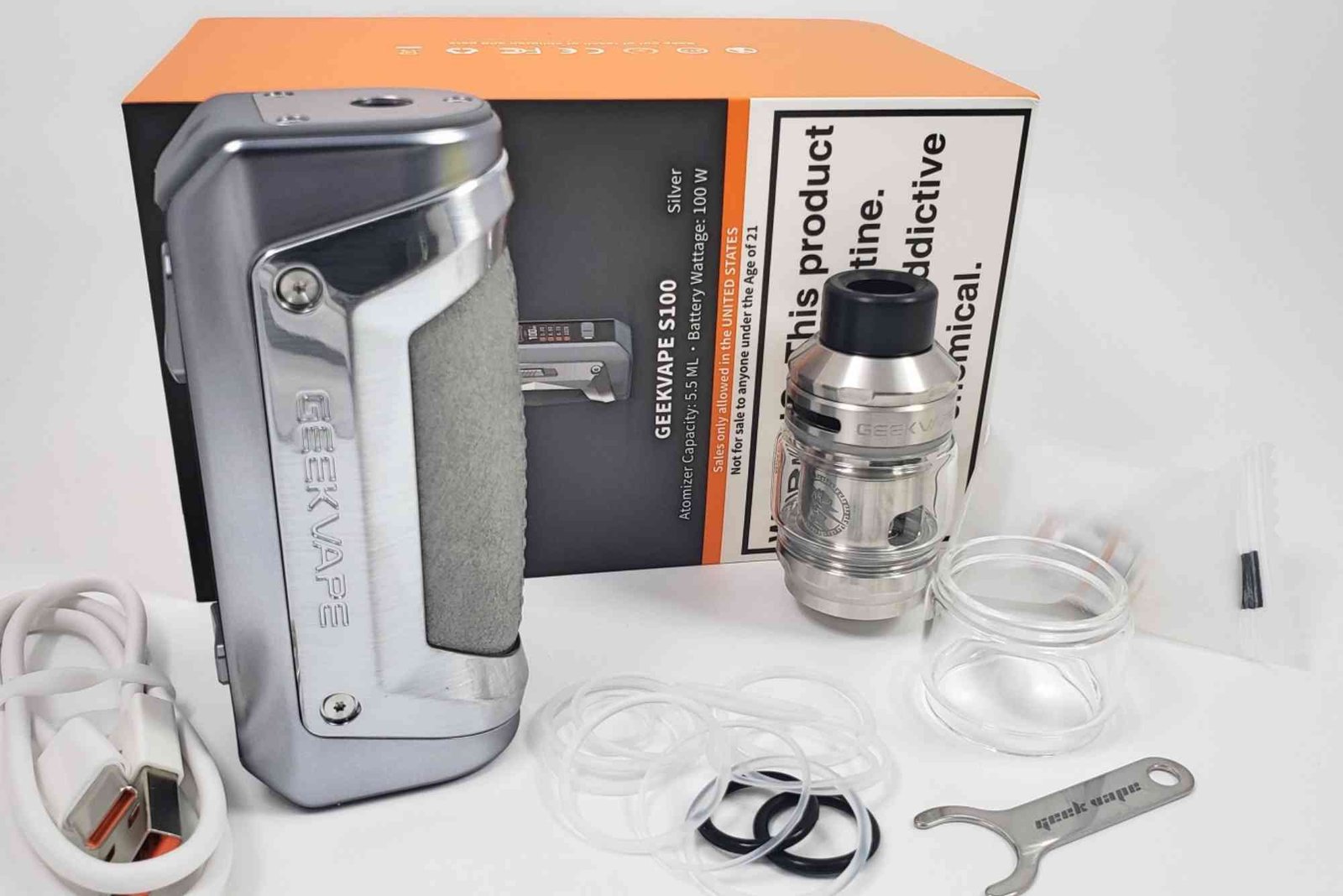Introduction
When you first encounter the concept of a “feed,” whether it’s an RSS feed, social media feed, or website content feed, it might seem simple at first glance — a stream of information updating in real time. However, mastering how to use and manage feeds effectively can significantly improve your online experience, productivity, and even business strategy. This guide breaks down everything a beginner needs to know about feeds, offering practical tips to help you understand how they work, how to customize them, and how to use them efficiently. If you’re just starting out, you’ll soon realize that feeds are not just about scrolling; they’re powerful tools for information control, automation, and content discovery.
Understanding What a Feed Is
A “feed” refers to a constantly updated stream of content delivered from one source to another. It could be blog posts, news headlines, videos, or product updates. In the digital world, feeds make it easier to consume content without manually visiting multiple websites. The most common types include RSS feeds, Atom feeds, and social media feeds like those on Instagram, X (formerly Twitter), or Facebook. Each of these serves the same purpose — to keep users connected to new updates. Feeds are often used in digital marketing, news aggregation, and e-commerce, providing a structured way to monitor or distribute information.
Why Feeds Matter for Beginners
Feeds save time, help organize information, and allow you to focus only on what matters most. For example, subscribing to your favorite tech blogs through an RSS reader means you get updates in one place without constantly checking websites. Similarly, e-commerce businesses use product feeds to showcase items on Google Shopping or Amazon. Understanding feeds can also improve how you consume news, manage marketing campaigns, and track industry updates. For beginners, learning how to use feeds is a smart step toward becoming more digitally efficient.
Setting Up Your First Feed
Setting up a feed is straightforward. If you’re using RSS, start by finding the feed link on your favorite website. Copy the link and paste it into a feed reader like Feedly, Inoreader, or NewsBlur. These tools collect all your subscriptions into one dashboard. You can also organize feeds by topics — for instance, technology, travel, or finance — to stay more focused. Once added, the reader automatically updates new posts, saving you hours of manual searching. To learn more about feed basics, you can read our feed overview for a detailed breakdown of how feeds function.
Customizing Your Feed for Efficiency
Customization helps you manage information overload. Instead of subscribing to hundreds of sources, select a few high-quality ones that align with your goals. Many feed readers offer filters to show posts with certain keywords or from preferred authors. You can also mark items as “read,” save them for later, or share directly on social media. Over time, you’ll develop a more personalized content ecosystem. Businesses use this technique to monitor brand mentions, competitor updates, and industry news — keeping them ahead of trends.
Feed Automation and Integration
Once you’re comfortable managing feeds manually, the next step is automation. Tools like Zapier or IFTTT allow you to connect feeds with other platforms. For example, you can automatically post new blog entries to your Twitter account or receive email alerts when your favorite source updates. E-commerce businesses often automate product feeds to sync inventory across online stores. This reduces manual work, minimizes errors, and keeps data consistent across channels. Automating feeds turns them into a dynamic, self-sustaining information system.
Using Feeds for Marketing and SEO
Feeds are powerful marketing tools. Marketers use content feeds to distribute blogs, podcasts, or videos across multiple platforms. When optimized with keywords and metadata, feeds can improve SEO performance and attract organic traffic. For instance, submitting your site’s RSS feed to directories or news aggregators can increase visibility. Regular updates signal search engines that your site is active and trustworthy. Beginners in digital marketing can use feeds to build an audience, drive engagement, and simplify content distribution.
Common Feed Mistakes Beginners Should Avoid
While feeds are simple to use, beginners often make common errors that affect efficiency. One mistake is subscribing to too many sources, which leads to clutter and confusion. Another is ignoring feed maintenance — outdated or broken links can cause updates to fail. Also, avoid relying on low-quality sources that post unreliable information. Instead, focus on trusted publications, official blogs, and verified accounts. Maintaining clean, organized feeds ensures your information stream remains valuable and relevant.
How to Use Feeds on Mobile Devices
With the rise of mobile technology, managing feeds on smartphones and tablets has become easier than ever. Most feed reader apps have mobile versions, offering sync features across devices. You can read articles offline, receive push notifications for new posts, or tag content for later. Mobile access is especially useful for travelers, remote workers, or digital marketers on the go. A well-structured feed ensures you stay updated no matter where you are.
Feeds in the Automotive Industry
Interestingly, feeds play a crucial role in specialized fields like the automotive industry. Companies use vehicle data feeds for maintenance schedules, recall notices, and product launches. Car enthusiasts subscribe to automotive blogs or dealership updates to follow new releases and reviews. Professionals use feeds to track regulatory updates from authorities such as the NHTSA – Vehicle Maintenance portal, which publishes recall feeds to alert owners of safety issues. If you’re interested in this niche, explore more related automobile resources to see how feeds support innovation and safety in the automotive world.
Practical Tips for Managing Feeds Like a Pro
The key to mastering feeds lies in consistent organization and smart filtering. Here are a few actionable tips for beginners:
Use folders or tags to categorize feeds by topic. Set daily or weekly reading schedules to avoid backlog. Regularly clean up inactive feeds. Use summaries instead of full articles when browsing. Enable notifications only for high-priority sources. Balance professional and personal interests to avoid distraction. These small habits transform your feed from a random list into a curated knowledge tool.
Advanced Feed Uses for Businesses
For businesses, feeds go far beyond simple news consumption. They can integrate directly with websites, CRMs, and email marketing systems. E-commerce platforms use feeds to update product catalogs automatically. Media organizations use feeds to syndicate news to partner sites. Analytics tools track feed engagement to measure audience interests. With the right setup, feeds become a backbone for content automation, enabling smoother workflows and consistent messaging.
Security and Privacy in Feed Management
One overlooked aspect of feed usage is security. While most feeds are safe, malicious or spam feeds can inject unwanted content or tracking codes. Beginners should verify feed sources before subscribing. Avoid clicking on suspicious links and use feed readers with built-in security measures. For corporate environments, restrict feeds to verified partners or official publications. Managing feeds responsibly protects your data and ensures a safe browsing experience.
Troubleshooting Common Feed Problems
Sometimes, feeds don’t update properly or show errors. This can happen if the source website changes its structure, the feed URL becomes invalid, or the feed reader has syncing issues. To fix this, check the original site to confirm the feed still exists. If the issue persists, re-add the feed link or clear your reader’s cache. Some feed readers also offer diagnostic tools to identify broken URLs. Keeping your feeds functional ensures uninterrupted information flow.
The Future of Feeds
Feeds are evolving rapidly with advancements in AI and data analytics. Smart feeds can now learn user preferences, automatically curating content that Practical Tips for Beginners matches your interests. Personalized recommendations, sentiment analysis, and even voice summaries are becoming part of the feed ecosystem. Businesses are using machine learning to deliver more relevant updates, and social media feeds are becoming more interactive. For beginners, this means the future of feeds will be even more intelligent, efficient, and user-friendly.
Make Feeds Work for You
Mastering feeds is all about control, efficiency, and smart information management. As a beginner, start small — choose a few reliable sources, set up a reader, and personalize your settings. With time, you’ll develop a streamlined system that keeps you informed and productive. Whether you use feeds for news, business, or hobbies, they offer a powerful way to stay connected without feeling overwhelmed. So, take the first step today — organize your online world and make feeds your smartest digital companion.
Ready to deepen your understanding of how feeds enhance productivity and automation? Explore more and read our feed overview to unlock your next level of feed mastery.
FAQs
What is the purpose of a feed?
A feed helps users access updated content from multiple sources in one place, saving time and effort.
How do I create an RSS feed?
You can generate one using website plugins or online tools that convert your site’s content into a structured feed format.
What is the best RSS reader for beginners?
Popular options include Feedly, Inoreader, and The Old Reader — all offer free and paid plans.
Why is my feed not updating?
This usually happens if the feed URL is broken, the source site changed its format, or there’s a connectivity issue.
Can feeds improve SEO?
Yes, optimized feeds with proper metadata can enhance search visibility and increase organic traffic.
Are feeds safe to use?
Generally yes, but always subscribe only to trusted sources and avoid feeds with suspicious URLs.









